Longevity and performance of materials are essential to ensure functionality and user satisfaction. Brass, as an alloy of copper and zinc, has earned a respected position due to its balance of durability, workability, and resistance to wear. Brass Floor Drain Manufacturers often face the critical question of whether their products undergo protective treatments against rust and oxidation, since these issues can significantly impact both the appearance and service life of floor drains. This focus on protective processes helps determine whether the product will remain effective over years of exposure to moisture, cleaning agents, and environmental stressors.

The Natural Resistance of Brass
Brass inherently resists many forms of corrosion compared to materials like iron or untreated steel. The presence of copper in the alloy forms a natural patina over time, which acts as a protective layer. This patina, while slightly altering the color of the surface, prevents further degradation. Zinc in the alloy also contributes to slowing oxidation processes, particularly when exposed to air and water. However, in high-humidity environments or in contact with harsh cleaning chemicals, even brass can be subject to tarnishing, discoloration, or pitting. This reality raises the need for specialized protective treatments to extend the lifespan of drains.
Protective Coatings and Surface Treatments
To counteract oxidation and maintain aesthetic appeal, manufacturers often employ a variety of surface treatments. Common methods include electroplating with chrome or nickel, which creates a shiny, protective outer layer resistant to moisture and chemicals. Some drains are coated with a transparent lacquer that seals the brass surface, slowing down the formation of patina. Advanced techniques such as Physical Vapor Deposition (PVD) coating not only improve surface hardness but also provide resistance against corrosion and wear. Each of these treatments plays a role in ensuring that drains remain visually appealing and structurally sound in environments like bathrooms, kitchens, or commercial facilities.
The Role of Anti-Rust Processing
Although brass is generally less prone to rusting compared to ferrous metals, the components used in a floor drain assembly may include screws, strainers, or accessories made of different alloys. To prevent galvanic corrosion or localized rusting, these parts often undergo anti-rust processing such as zinc plating or stainless-steel substitution. This ensures that the entire system functions cohesively without weak points vulnerable to degradation. By focusing on anti-rust measures not only for brass but also for supporting components, manufacturers enhance the durability and reliability of the finished product.
Long-Term Benefits of Treatment
When brass drains receive proper anti-oxidation treatments, they provide extended durability in both residential and commercial applications. In bathrooms, kitchens, and laundry areas, constant exposure to water and cleaning agents tests the resilience of the material. Protective coatings help avoid tarnish that would otherwise require frequent polishing. In public facilities or high-traffic environments, treated brass drains maintain their visual quality and structural integrity with less maintenance effort. This directly translates into cost savings for property owners and managers, while also ensuring compliance with hygiene and safety standards.
The question of whether brass drains receive protective treatment is central to evaluating their long-term value. While brass itself has natural corrosion resistance, specialized coatings and treatments greatly enhance durability and appearance. Electroplating, lacquer finishes, and advanced PVD coatings provide effective barriers against rust and oxidation, ensuring that floor drains remain reliable over time. Additionally, addressing the vulnerability of auxiliary components and adopting sustainable production methods ensures comprehensive quality. Brass Floor Drain Manufacturers that implement such treatments not only extend the service life of their products but also align with customer expectations, environmental responsibility, and market competitiveness.

 English
English Español
Español عربى
عربى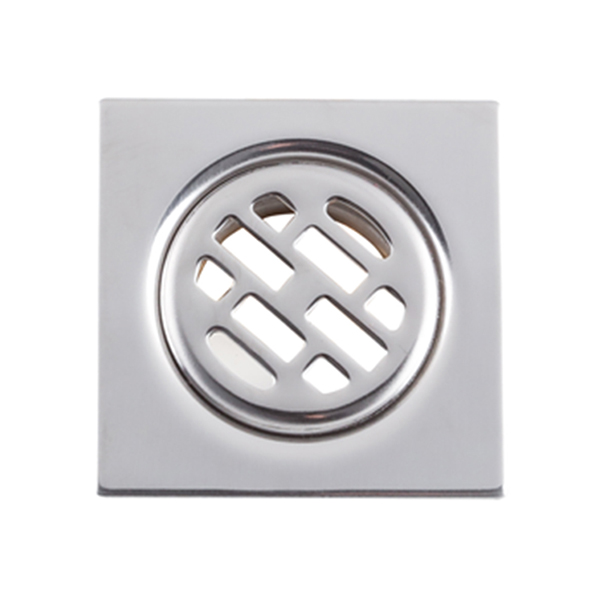
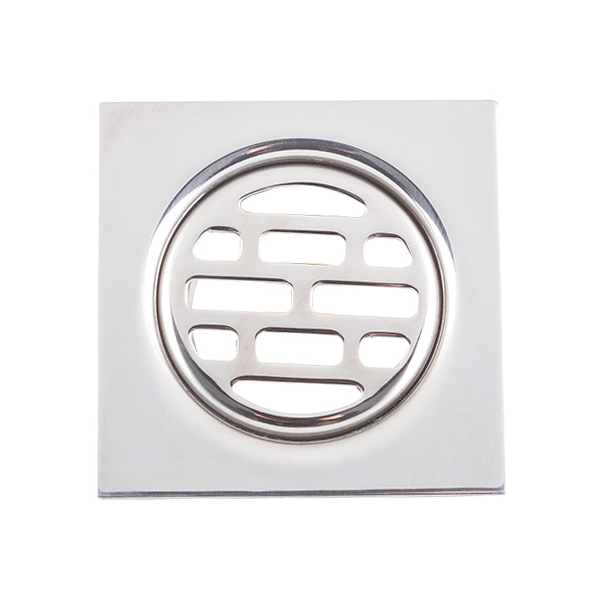
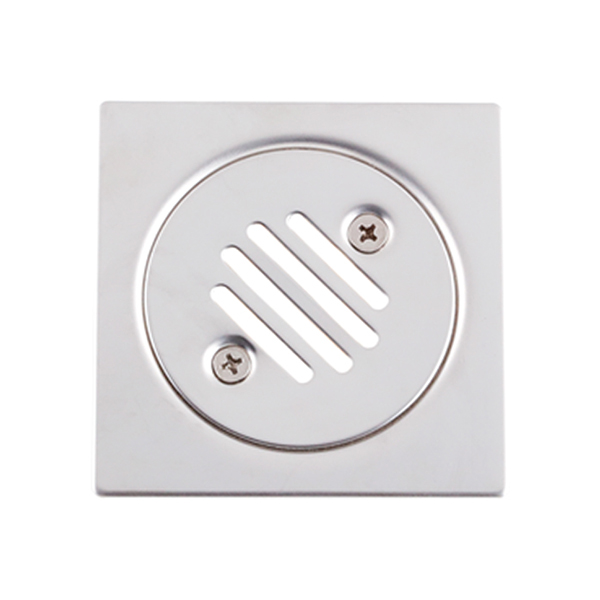
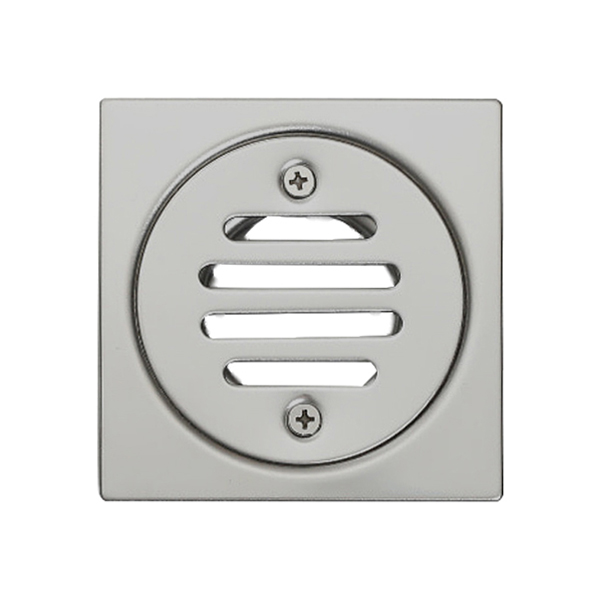
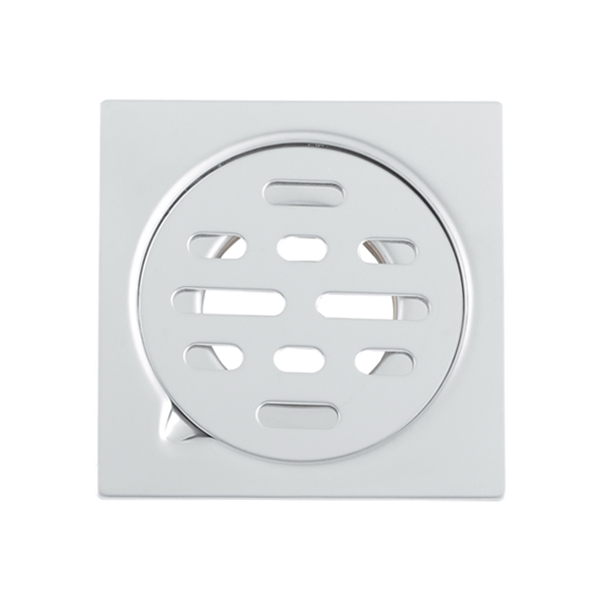
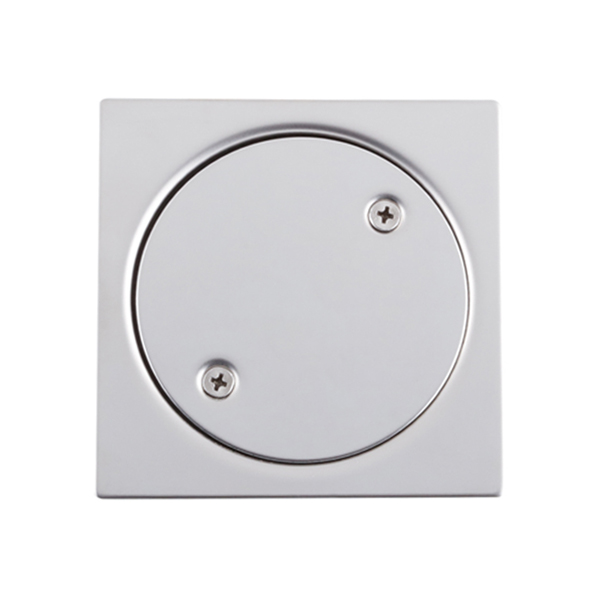
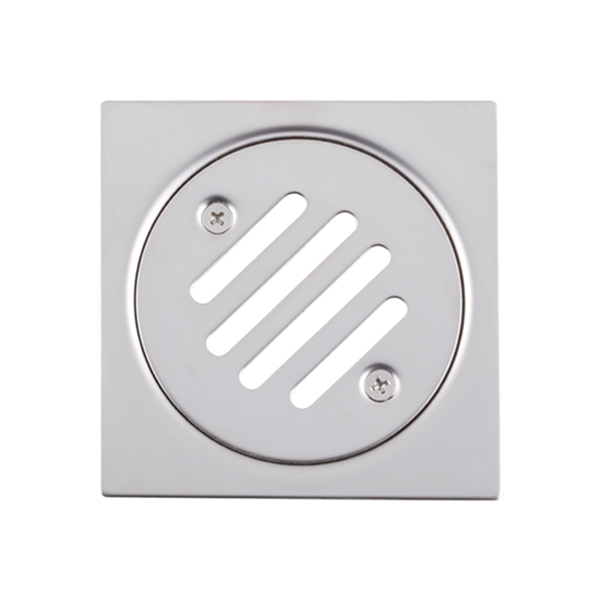
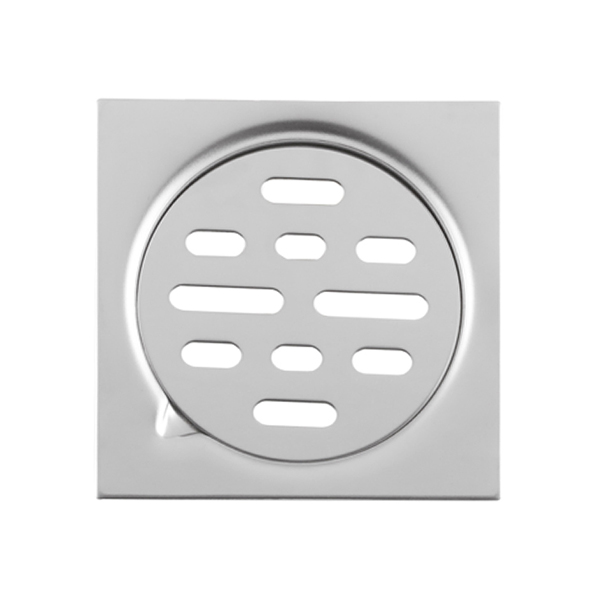
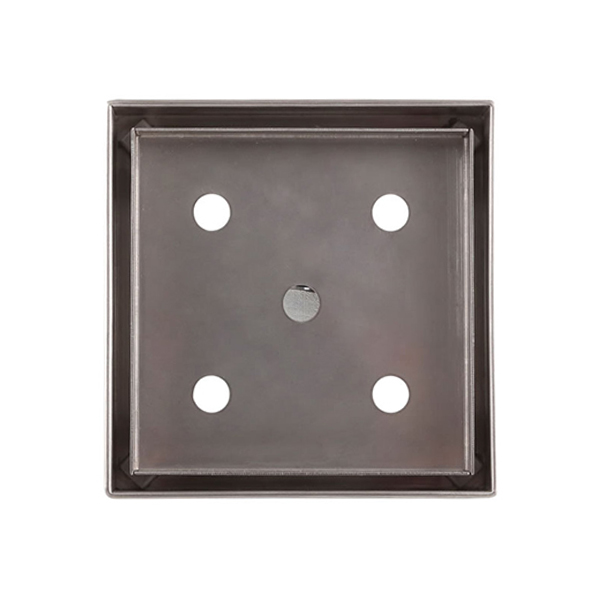
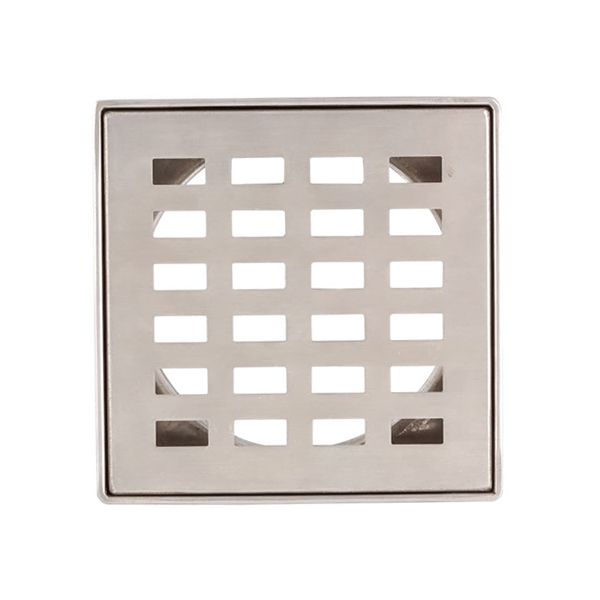
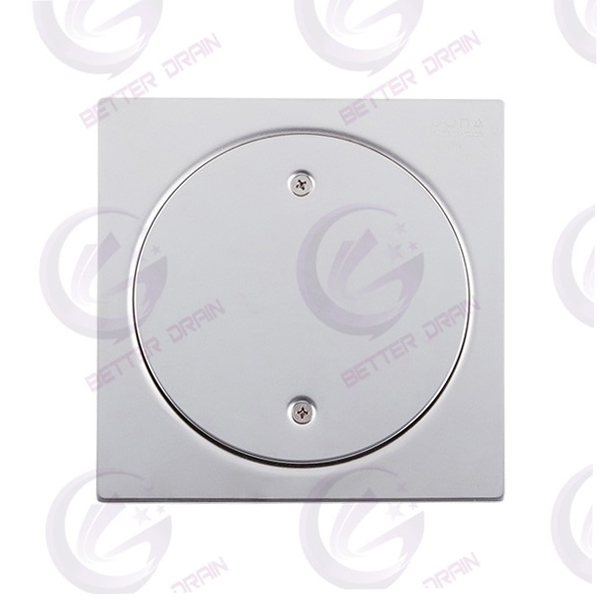
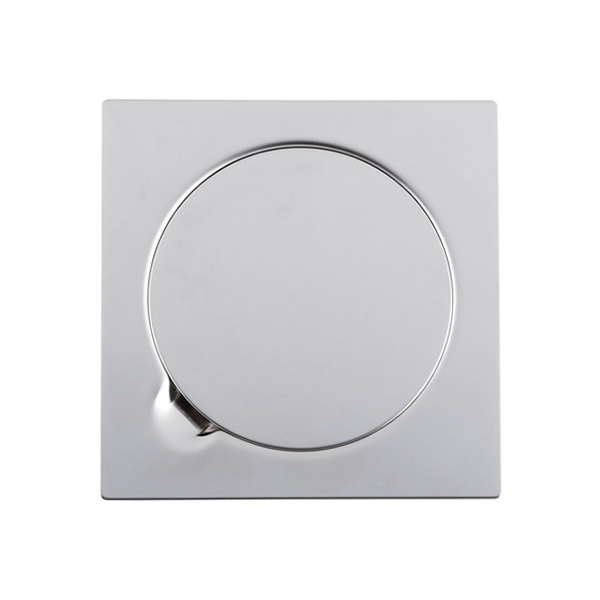

 +86-576-87422105
+86-576-87422105
 +86-576-87422322
+86-576-87422322 Xuancheng rd 32#, Yuhuan Economic Development Zone, Zhejiang, China
Xuancheng rd 32#, Yuhuan Economic Development Zone, Zhejiang, China